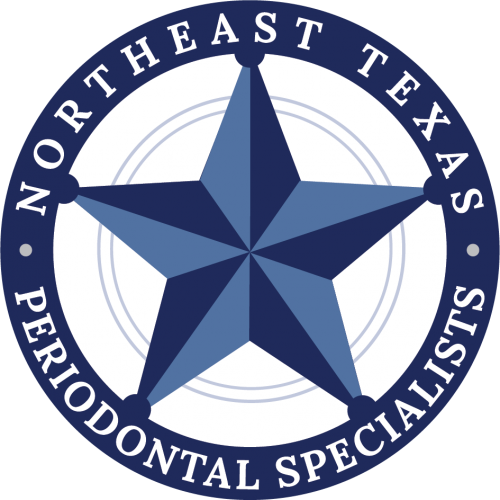Do Gums Grow Back After Bone Graft?
Bone grafting in dentistry is a surgical procedure designed to rebuild the bone structure of the jaw, most often to prepare a site for a dental implant. However, many patients wonder: do gums grow back after a bone grafting? The answer requires understanding the difference between bone and gingival tissue and the healing processes that occur after the procedure.
What Happens During a Bone Graft
During a bone grafting procedure, a dentist or maxillofacial surgeon places bone material—either natural (from the patient or a donor) or synthetic—in the area of the defect. This material acts as a "scaffold" that the body gradually replaces with new, natural bone tissue. The goal of the procedure is to restore adequate bone density and volume to allow for the safe placement of an implant or to strengthen teeth that have lost their stable support.
The Role of Gums in the Process
Gums, the soft tissue surrounding teeth and covering the alveolar bone, play a crucial role in the healing process. After bone grafting, the surgeon carefully closes the gums over the surgical site with sutures. Over the first few weeks, the gingival tissue partially regenerates, creating a natural protective barrier that protects the graft from infection and bacteria.
It's important to emphasize, however, that gums do not "grow back" in the sense of growing excessively or enlarging their original shape. They regenerate and reattach to the treated area, but the bone grafting is intended to rebuild bone tissue, not gum tissue.
Gum Growth and Regeneration
During the healing process—usually lasting 3 to 6 months—the body produces new connective and epithelial tissue cells, which rebuild healthy gum structure. In many cases, gums regain their natural appearance and firmness, especially if the patient follows the doctor's recommendations and maintains good oral hygiene.
However, if significant gum recession occurred before the procedure, bone grafting alone may not be sufficient to restore their aesthetic appearance. In such cases, the dentist may recommend a gum graft—also known as a free or connective tissue graft. This procedure involves taking healthy tissue from the palate and transferring it to the area where gum tissue is missing, creating a thicker and more natural-looking covering.
Factors Affecting Gum Regeneration
Many factors influence the success of the healing and regeneration process of gums after bone grafting, including:
- Oral hygiene – maintaining cleanliness and avoiding bacterial plaque is crucial.
- General health – conditions such as diabetes and smoking can slow healing.
- Surgical technique – the way the surgeon manipulates the tissue and places sutures is crucial.
- Nutrition and postoperative care – a diet rich in protein, vitamins C, and D supports tissue regeneration.
In Conclusion
Gums do not grow excessively or spontaneously after bone grafting; instead, they regenerate and heal naturally around the surgical site. The bone graft rebuilds the bone structure, and the gums adapt and reattach, protecting the new bone fragment. In some cases, additional gum grafting may be necessary for the full aesthetic and functional outcome.
With proper care, hygiene, and dental check-ups, you can achieve excellent results – healthy, stable gums and a beautiful, natural smile. Contact us today for more information!

